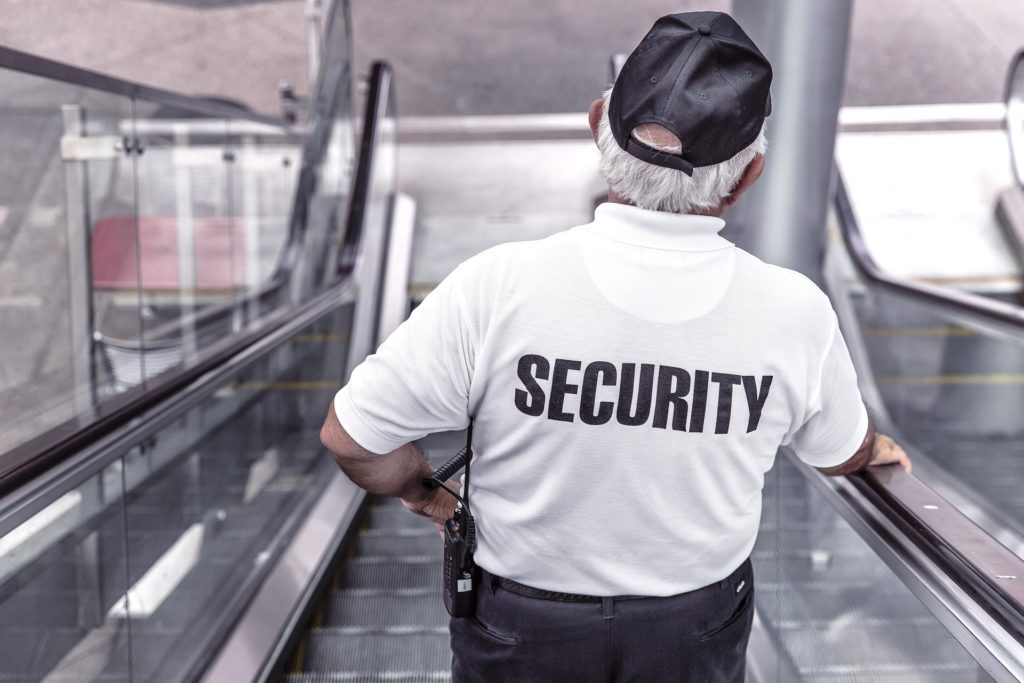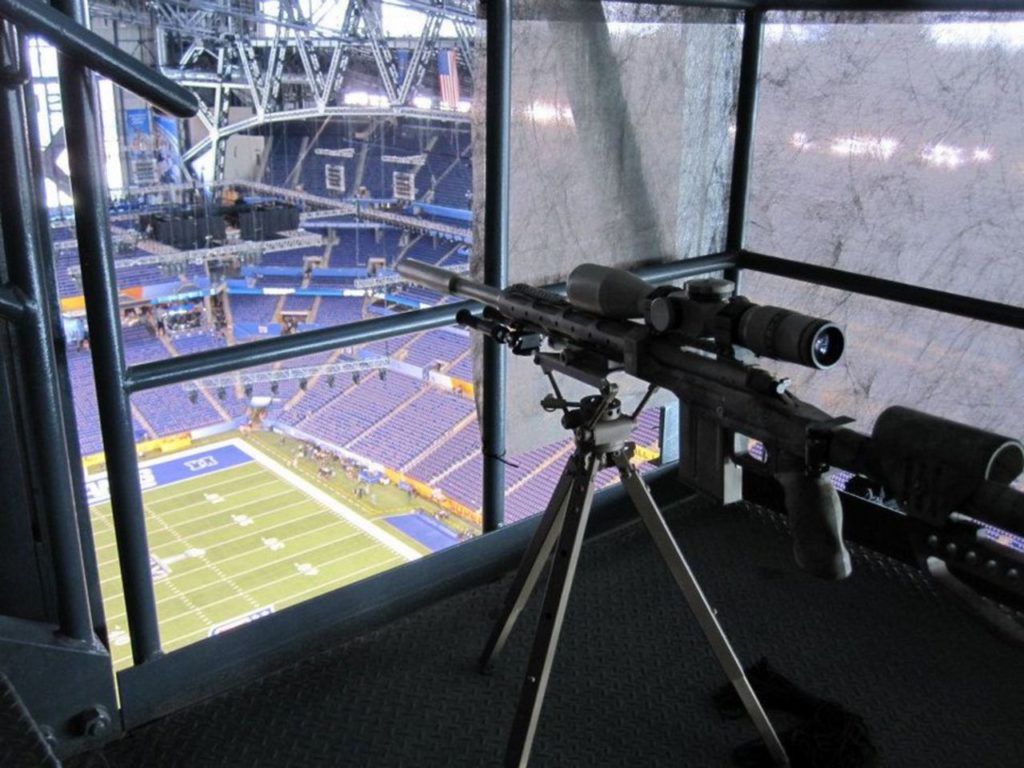How Do They Make Sure Sporting Events Are Safe and Secure?
Major sporting events draw hundreds of thousands of fans every year to watch their favorite teams compete for the title. With so many people in one place, how can event organizers make sure these events are safe and secure so everyone can enjoy the game?

It Depends on Many Different Factors
The security for your local high school football team is going to be vastly different from the kind of security needed to keep a million people safe during the Super Bowl. It also depends on the venue, the estimated number of people that will be attending, and the popularity of the teams.
Planning security for the most significant events — such as the Super Bowl — doesn’t happen overnight. The 53rd Super Bowl, which took place in 2018, took two years to plan and nearly 40 different local, state and federal agencies worked together to make sure the event was all about the game, and no one had to worry about their safety while attending.
Concern About Terrorist Threats

In today’s modern world, terrorist threats are a real concern when you get thousands of people together in one place. In response, athletic venues have spent more than $2 billion a year to improve security. It’s not foolproof, yet — in 2017, a bomber detonated a bomb in the packed Manchester Arena by hiding it in his backpack. This attack killed 23 people and injured hundreds more.
The goal of this seemingly excessive spending is to enable these venues to create a culture of security and make sure everyone stays focused on keeping patrons safe while they enjoy the game.
It’s Not All In-House Security
While each venue will have its own in-house security, that isn’t always enough for significant events — especially if the stands and surrounding area are packed with fans. For the 53rd Super Bowl in Atlanta, in addition to venue security, the city of Atlanta brought in more than 5,000 law enforcement officers, 180 canine officers and additional support staff.
Atlanta PD also relied heavily on technology. Many of these preparations took place because of what happened during the 1996 Olympics, also held in Atlanta. During the games, a man detonated a bomb in Olympic Centennial Park which didn’t have the same security measures as the athletic arenas. This bomb killed two people and injured more than 100 civilians who were there to watch the games.
Experts predicted more than a million people would make the trip to Atlanta to watch the game, either at the stadium that holds 100,000 or in local bars and restaurants. It was up to them to ensure everyone stayed safe throughout this iconic event.
Don’t Worry and Enjoy the Game
Don’t let these security measures scare you away from buying tickets to the next big game. Venue security and law enforcement work together to make sure these events are as safe as humanly possible, so all you need to do is sit back, cheer for your favorite team and enjoy the game.
I am often to blogging and i really appreciate your content. The article has really peaks my interest. I am going to bookmark your site and keep checking for new information.
This is a good tip particularly to those fresh to the blogosphere. Brief but very precise information… Many thanks for sharing this one. A must read post!